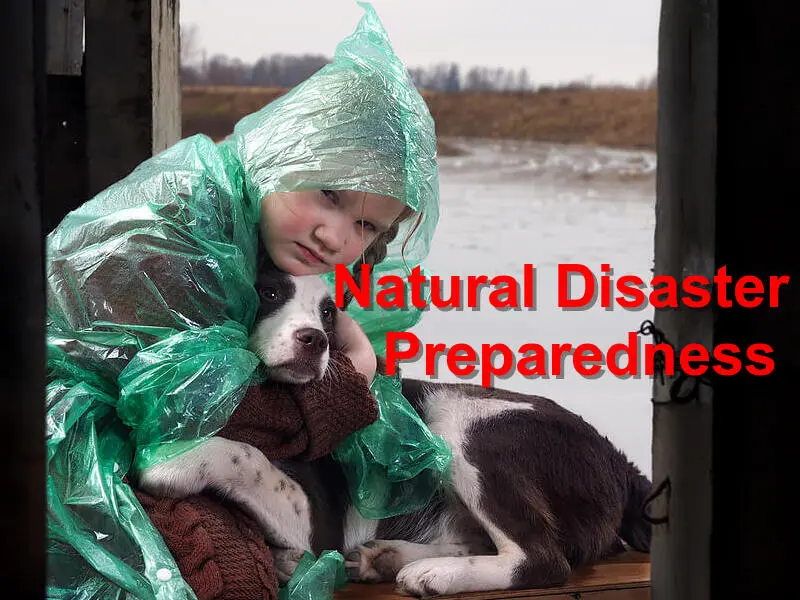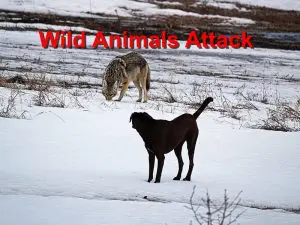Natural disaster preparedness: Why it’s important for pets
Most people are often unable to put their furry friends to safety when disaster strikes, and this might mean isolation from access to water and food. The pollutants and debris left in the surrounding environment due to a natural disaster can cause injuries. That said, the vet can provide immediate animal care support until the pet owners can take proper care of their furry friends.
The vet also has the responsibility of providing immediate vet care to help in the search of canines in the disaster affected area. What’s more, vet care can help to enhance the availability or rescue and search dogs. For example, when Texas resident where recovering from the damaging effects of the hurricane, the VET was deployed to help our furry friends that were negatively impacted by the disaster.
Deals with common injuries after a natural disaster
Fortunately, the VET has the capacity to treat multiple species with ease. Additionally, VET can help to keep animals safe. Some of the common injuries recorded by the VET includes snake bits, broken bones, contaminated grass, burns, and flying debris. Most treatment and diagnostic tools used by VET are similar to those found in veterinary clinics.
The VET boasts of a decontamination unit that is designed to keep pets and people safely. This unit efficiently eliminates all contaminants off canines and other smaller pets. Thereafter, the contaminated water is collected for disposal. And for proper National Disaster Preparedness, pet owners are required to have an emergency kit for pets to lower the impact of natural disasters.
Use of micro-chips and tags
The best way to ensure your pets are safe from a potential natural disaster is by having a list of vital supplies and documents, which you can easily grab during an evacuation when disaster strikes. And in case you are separated from your pet, having a detailed kit that contains descriptions and photos of your pets is of the utmost importance.
Microchip tagging or use of GIS coordinates is a simply way to ensure your pets are easy to identify should they get lost during a disaster. Additionally, ensure you have enough supply of water, medicine, food, and other comfort items for your dogs.
Conclusion
Since natural disasters often happen unannounced, it is always important to take proper precaution and prepare in advance. And if your pet is harmed by falling debris, visit the veterinary immediately.
References: Modern Dog Magazine, ASPCA, cdc.gov




